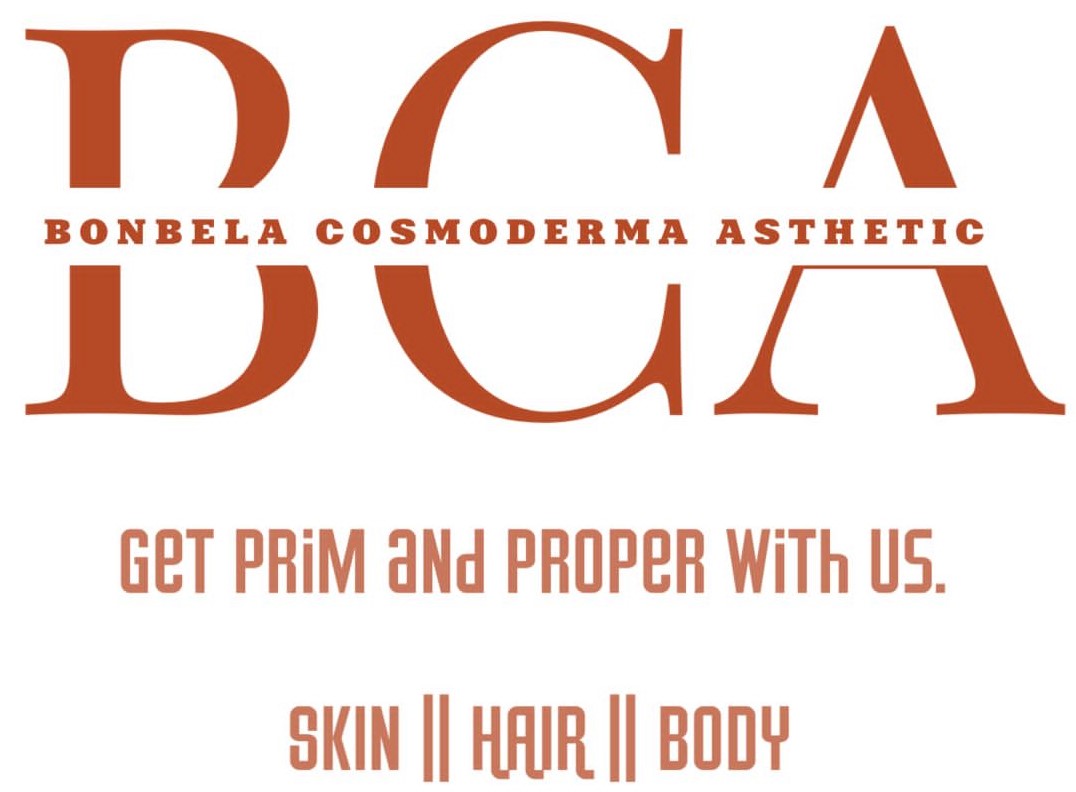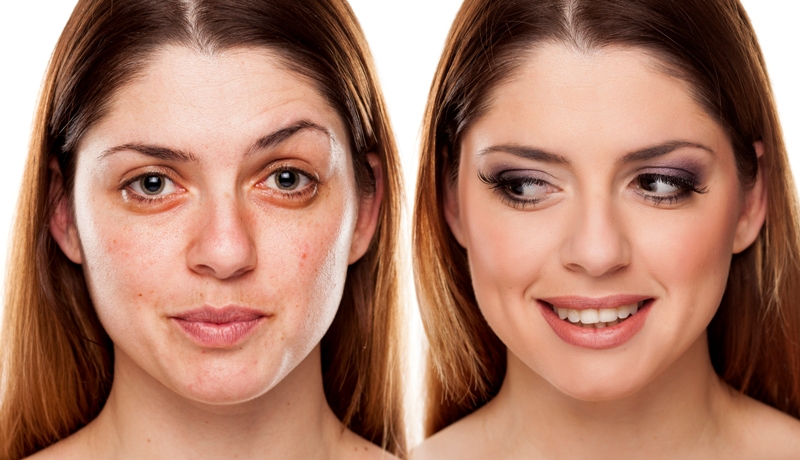Skin fillers, also known as dermal fillers or soft tissue fillers, are substances injected into the skin to fill in wrinkles, lines, and hollow areas, providing a smoother and more youthful appearance. They are commonly used in cosmetic dermatology to address signs of aging and enhance facial features. Fillers work by adding volume to the treated area, which can help reduce the appearance of wrinkles and add contour to the face.
Common Types of Dermal Fillers:
-
Hyaluronic Acid Fillers: Hyaluronic acid is a naturally occurring substance in the body that helps maintain skin hydration and volume. Hyaluronic acid fillers, such as Juvederm and Restylane, are popular for softening lines, wrinkles, and adding volume to areas like the lips and cheeks.
-
Calcium Hydroxylapatite (CaHA) Fillers: CaHA is a mineral-like compound found in bones. Fillers like Radiesse use CaHA to stimulate collagen production and provide longer-lasting results. They are often used to treat deeper lines and wrinkles.
-
Poly-L-Lactic Acid Fillers: This type of filler, such as Sculptra, stimulates collagen production over time, resulting in a gradual improvement in skin volume and elasticity. It's commonly used for restoring volume in the mid-face.
-
Polymethyl Methacrylate (PMMA) Fillers: PMMA, found in fillers like Bellafill, is a semi-permanent filler that contains microspheres. It provides both immediate volume and stimulates collagen production for longer-lasting results.
Common Uses of Dermal Fillers:
-
Smoothing Wrinkles and Lines: Fillers can be used to smooth out fine lines and wrinkles, particularly around the eyes, mouth, and forehead.
-
Lip Enhancement: Fillers can add volume to the lips, define the lip border, and improve overall lip contour.
-
Cheek Augmentation: Fillers can enhance the volume and definition of the cheeks, restoring a more youthful appearance.
-
Nasolabial Folds and Marionette Lines: Fillers are often used to soften the lines that run from the nose to the mouth (nasolabial folds) and from the mouth to the chin (marionette lines).
-
Under Eye Hollows: Fillers can address hollow areas under the eyes, reducing the appearance of dark circles and tired-looking eyes.
Procedure:
-
Consultation: Before the procedure, you'll have a consultation with a healthcare professional to discuss your goals, assess the areas to be treated, and determine the most suitable type of filler.
-
Topical Anesthetic: A topical numbing cream or local anesthetic may be applied to minimize discomfort during the injection.
-
Injection: The filler is injected into the targeted areas using a fine needle or cannula. The process is relatively quick, and results are often visible immediately.
Recovery and Considerations:
-
Temporary Side Effects: Some temporary side effects, such as redness, swelling, and bruising, may occur but typically subside within a few days.
-
Longevity: The duration of results varies depending on the type of filler used. Hyaluronic acid fillers usually last 6-18 months, while semi-permanent or longer-lasting fillers may provide results for several years.
-
Maintenance: Depending on the filler used and individual factors, maintenance treatments may be needed to sustain the desired results.
-
Risk of Allergic Reaction: While rare, there is a risk of allergic reactions to the filler material. It's essential to discuss any allergies or concerns with your healthcare provider.
Before undergoing dermal filler treatment, it's crucial to consult with a qualified and experienced healthcare professional to ensure the procedure is appropriate for your specific needs and to discuss potential risks and benefits. Always choose a licensed and reputable practitioner for injectable treatments.



